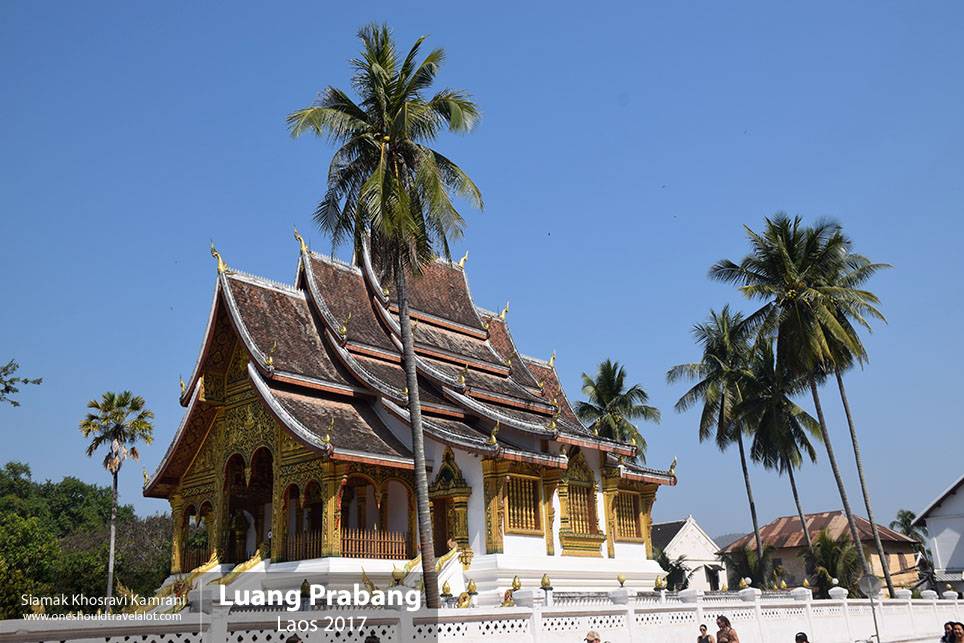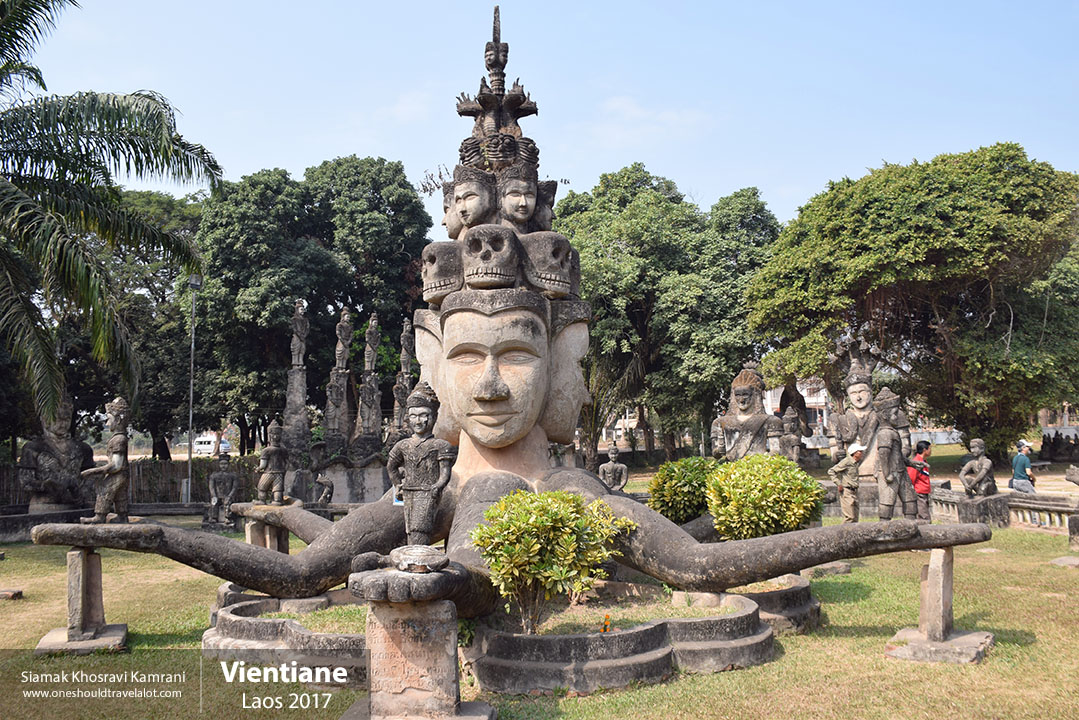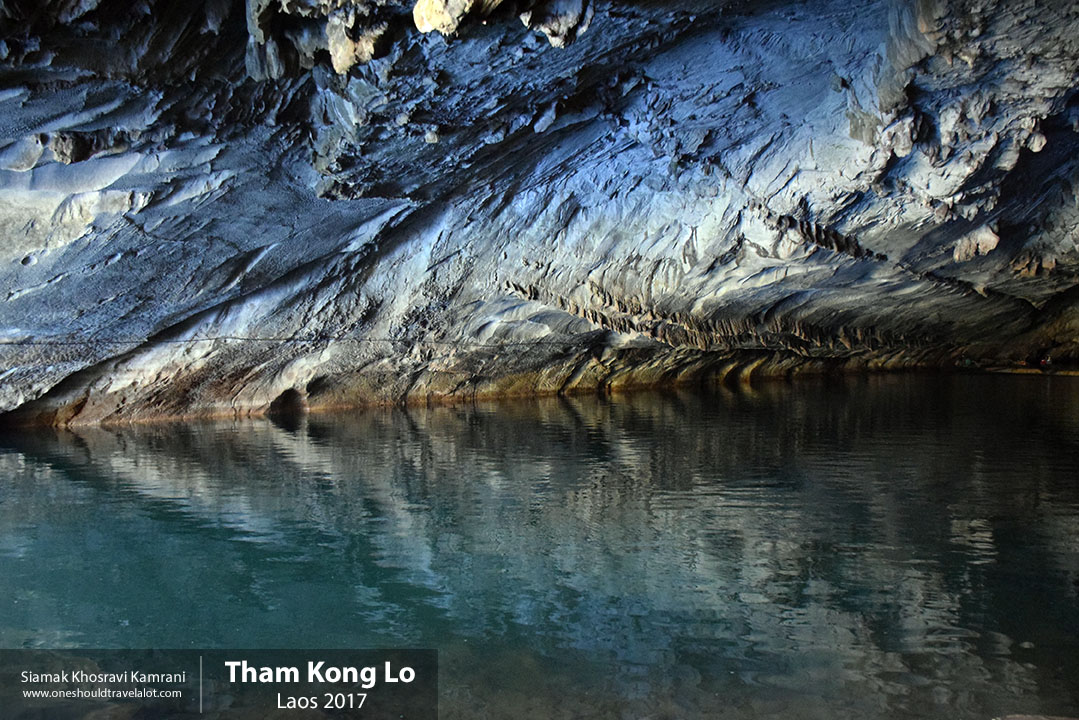Discovering Vang Vieng: A Photographer’s Journey
Nestled in the lush heart of Laos, Vang Vieng is a town that blends natural splendor with vibrant local culture. As I stepped off the bus, camera in hand, I was immediately struck by the breathtaking landscape. Towering limestone karsts and verdant rice fields painted a picturesque backdrop, promising an adventure filled with beauty and discovery.
First Impressions
Vang Vieng greeted me with a sense of tranquility that was palpable in the air. The streets, though bustling with life, maintained a laid-back charm. Locals moved at a leisurely pace, their warm smiles and friendly greetings making me feel instantly welcome. The town’s simplicity, juxtaposed with its dramatic scenery, set the stage for an unforgettable photographic journey.
The Natural Beauty of Vang Vieng
The Nam Song River
My first destination was the Nam Song River, a lifeline winding through the heart of Vang Vieng. Early morning mist hovered above the water, creating an ethereal scene that begged to be captured. I boarded a longtail boat, the gentle hum of its engine breaking the serene silence. As we glided down the river, I framed shots of fishermen casting nets, their silhouettes stark against the rising sun. The reflection of the surrounding limestone mountains in the calm waters added a magical quality to my photographs.
Tham Chang Cave
Next on my list was Tham Chang Cave, one of Vang Vieng’s most famous attractions. The cave, perched high above the town, offered a panoramic view that was worth every step of the climb. Inside, stalactites and stalagmites formed otherworldly shapes, illuminated by strategically placed lights. I spent hours exploring and photographing the cave’s intricate formations, each corner revealing a new and fascinating detail.
Immersing in Local Culture
The Village Markets
To truly understand Vang Vieng, I ventured into its bustling village markets. The scent of fresh herbs, the vibrant colors of tropical fruits, and the lively chatter of vendors and customers filled the air. I captured candid shots of women in traditional Lao skirts, or sinh, expertly wrapping parcels of sticky rice in banana leaves. The market was a sensory overload, each stall offering a glimpse into the daily lives of the locals.
The Hmong Community
Vang Vieng is home to the Hmong people, an ethnic minority with a rich cultural heritage. I had the privilege of visiting a Hmong village, where I was welcomed with open arms. The villagers, dressed in vibrant traditional attire, demonstrated their intricate embroidery techniques. Children played in the dusty streets, their laughter echoing against the backdrop of wooden stilt houses. I photographed their everyday activities, aiming to capture the essence of their tight-knit community and the pride they took in their traditions.
Adventure and Thrill
Hot Air Balloon Ride
For a different perspective of Vang Vieng’s stunning landscape, I embarked on a hot air balloon ride. As we ascended, the town below transformed into a patchwork quilt of greens and blues. The Nam Song River snaked its way through the terrain, and the limestone karsts stood like ancient sentinels guarding the valley. From this vantage point, I captured wide-angle shots that showcased the grandeur of Vang Vieng in its entirety.
Kayaking and Tubing
The adrenaline junkie in me couldn’t resist the allure of Vang Vieng’s adventure sports. I spent an exhilarating afternoon kayaking down the Nam Song River, navigating its gentle rapids and photographing the lush riverbanks. Tubing, a popular activity among travelers, offered a more leisurely pace. Floating downstream, I snapped photos of fellow adventurers, their laughter and camaraderie adding a human element to the natural beauty around us.
The Culinary Delights of Vang Vieng
Traditional Lao Cuisine
No journey is complete without savoring the local cuisine. Vang Vieng’s food scene is a delightful mix of traditional Lao dishes and international influences. At a quaint riverside restaurant, I indulged in laap, a spicy minced meat salad, and tam mak hoong, a zesty green papaya salad. Each bite was a burst of flavor, a testament to the Lao people’s love for fresh, aromatic ingredients.
Street Food Adventures
The town’s night market was a culinary adventure in itself. Stalls lined the streets, offering everything from grilled skewers to sweet coconut pancakes. I photographed the vibrant array of dishes, their colors and textures enticing both the camera and my taste buds. The street food vendors, with their animated banter and skillful cooking, added a lively energy to the night.
Reflections and Farewell
As my time in Vang Vieng drew to a close, I took a moment to reflect on the experiences and images I had gathered. This small town, with its awe-inspiring landscapes and rich cultural tapestry, had left an indelible mark on my heart. The photographs I had taken were more than just images; they were stories of the people, places, and moments that make Vang Vieng truly unique.
Practical Tips for Travelers
When to Visit
The best time to visit Vang Vieng is during the dry season, from November to February, when the weather is cool and the skies are clear. This is also the peak tourist season, so expect more visitors.
Getting Around
Vang Vieng is a small town, and most attractions are within walking distance. For farther destinations, renting a bicycle or motorbike is a convenient option. Tuk-tuks are also readily available for short trips.
Accommodation
From budget guesthouses to upscale resorts, Vang Vieng offers a range of accommodations to suit every traveler’s needs. Staying in a riverside bungalow provides an immersive experience, allowing you to wake up to stunning views of the Nam Song River and the surrounding mountains.
Respecting Local Culture
When visiting temples and villages, it’s important to dress modestly and be respectful of local customs. Learning a few basic phrases in Lao, such as “Sabaidee” (hello) and “Khop chai” (thank you), can go a long way in connecting with the locals.



